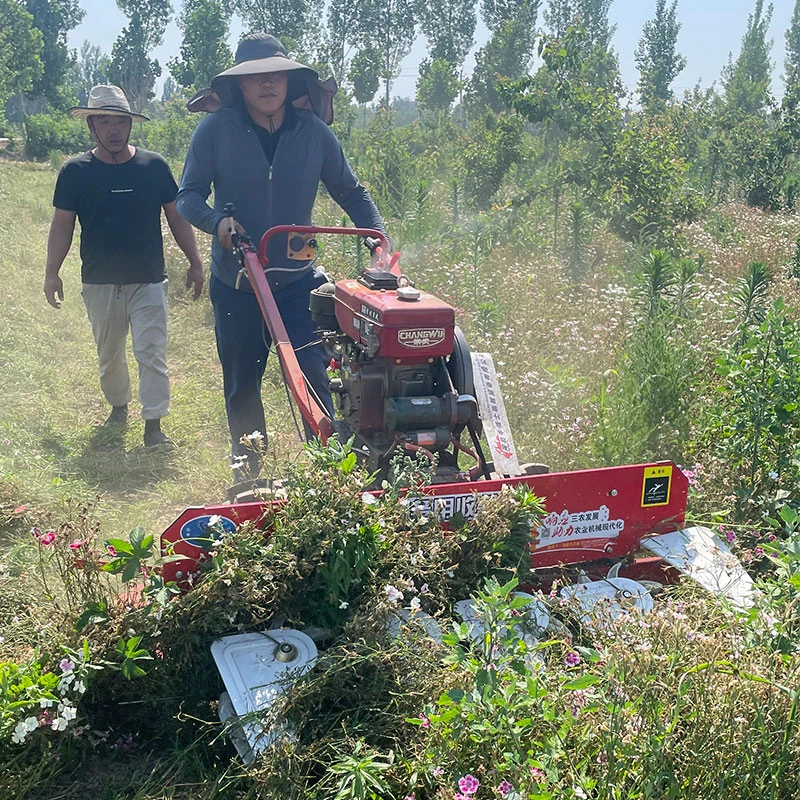wheat reaper binder
The Evolution of the Wheat Reaper Binder Revolutionizing Agriculture
The agricultural landscape has transformed dramatically over the centuries, with technological advancements playing a pivotal role in enhancing productivity and efficiency. Among the numerous inventions that have left an indelible mark on farming practices, the wheat reaper binder stands out as a revolutionary machine that changed the way wheat was harvested. This article explores the history, mechanics, and significance of the wheat reaper binder, highlighting its impact on agriculture and society.
The Historical Context
Before the invention of the reaper binder, wheat harvesting was a labor-intensive process. Farmers relied on hand tools like sickles and scythes to cut the wheat, a method that was not only time-consuming but also required significant manpower. The Industrial Revolution in the late 18th and early 19th centuries set the stage for agricultural innovation, as mechanization began to permeate various sectors, including farming.
In 1831, Cyrus McCormick introduced the mechanical reaper, which could cut grain much faster than manual laborers. While this invention marked a significant improvement, the process of binding the cut wheat still had to be done by hand. It was not until the 1870s that the wheat reaper binder emerged as a game-changing solution, effectively combining the cutting and binding processes into one streamlined operation.
The Mechanics of the Wheat Reaper Binder
The wheat reaper binder is a sophisticated piece of machinery that integrates several functions. At its core, the machine features a cutting mechanism, typically a set of sharp blades that slice through the wheat stalks. Attached to the cutter is a reel that helps guide the wheat toward the blades, ensuring a clean cut.
Once the wheat is cut, it is gathered and transferred to a binding mechanism. This component of the machine secures the cut wheat into neat bundles, often referred to as sheaves. The binding is achieved using twine or wire, which is wrapped around the base of the sheaf and tied securely. This process not only saves time but also reduces the labor intensity of the harvest, allowing farmers to focus on other crucial aspects of crop management.
wheat reaper binder

Impact on Agriculture
The introduction of the wheat reaper binder had profound implications for agriculture. Firstly, it significantly increased productivity. Farmers could harvest large fields in a fraction of the time it took with traditional methods. Instead of relying on teams of laborers, a single operator could manage the machine effectively, leading to a decrease in labor costs and an increase in the scale of operations.
Moreover, the efficiency brought about by the reaper binder facilitated a shift in farming practices. As harvests became quicker and more effective, farmers were able to cultivate larger areas of land, thus enhancing overall agricultural output. This surge in production not only contributed to local food supplies but also allowed surplus grains to enter regional and national markets, stimulating economic growth.
Societal Changes
The impact of the wheat reaper binder extended beyond the agricultural sector. With increased efficiency in harvesting, rural communities began to experience changes in their social structures and economies. Fewer laborers were needed for the harvest, which led to a migration of workers from the countryside to urban areas in search of employment, further fueling the growth of cities during the late 19th and early 20th centuries.
Additionally, the reaper binder played a crucial role in addressing food security challenges. As agricultural practices became more efficient and productive, the ability to feed growing populations improved. This was particularly vital during periods of famine or economic hardship, when a reliable food supply was essential for societal stability.
Conclusion
The wheat reaper binder represents a landmark advancement in agricultural technology, fundamentally transforming the way wheat is harvested. Its invention not only streamlined the harvesting process but also contributed to increased agricultural productivity and significant societal changes. As we reflect on the evolution of farming practices, it is essential to appreciate the role that technological innovations like the wheat reaper binder have played in shaping modern agriculture and sustaining human populations. The legacy of such inventions continues to influence contemporary farming, reminding us of the critical intersection between technology, agriculture, and society.
Latest news
-
When to Upgrade Your Old Forage HarvesterNewsJun.05,2025
-
One Forage Harvester for All Your NeedsNewsJun.05,2025
-
Mastering the Grass Reaper MachineNewsJun.05,2025
-
How Small Farms Make Full Use of Wheat ReaperNewsJun.05,2025
-
Harvesting Wheat the Easy Way: Use a Mini Tractor ReaperNewsJun.05,2025
-
Growing Demand for the Mini Tractor Reaper in AsiaNewsJun.05,2025
